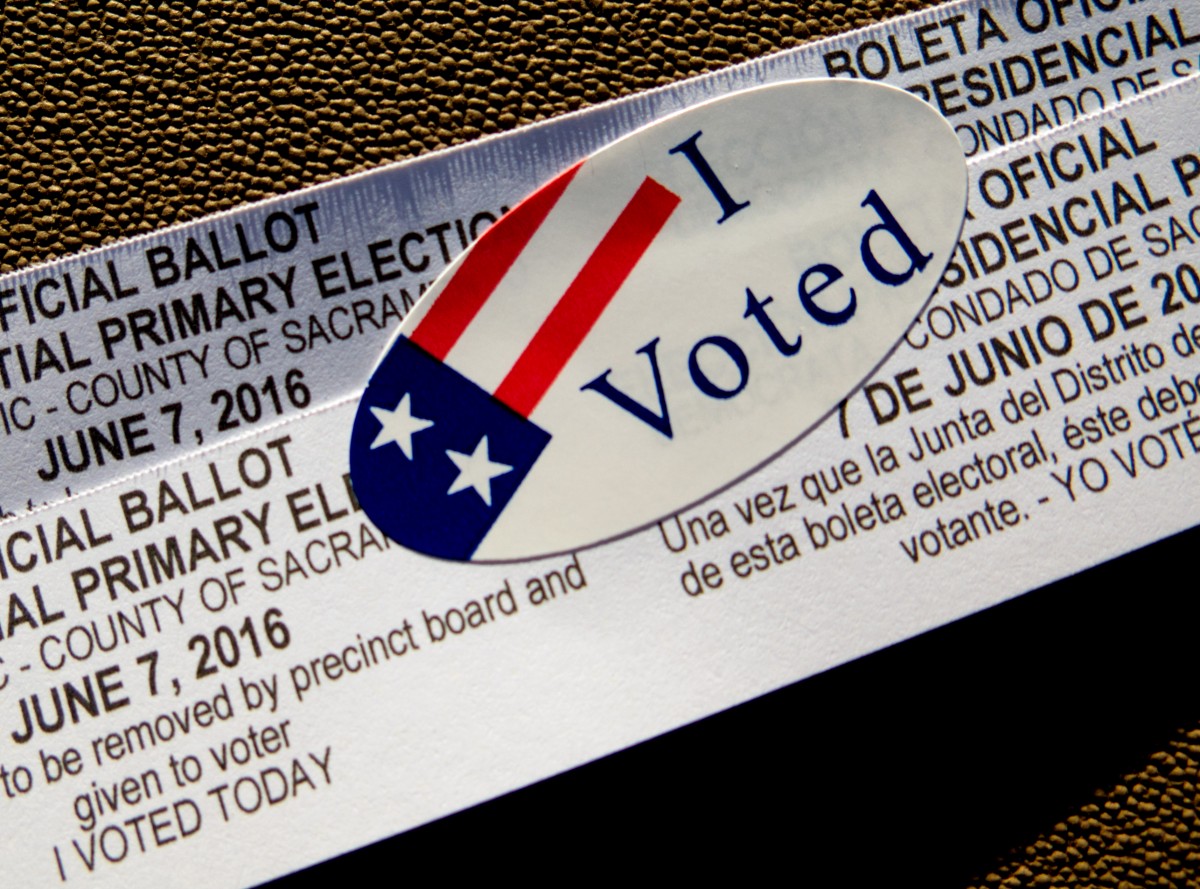
Perry Swisher, the long-time Idaho politician and analyst (and much else), long ago told me three stories about the dark underside he’d once seen in Idaho politics.
One had to do with what was for generations one of the state’s most hard-core Democratic counties, Shoshone in Idaho’s northern mining country. “When [conservative Republican] Henry Dworshak first ran for the Senate [in 1954], he carried Shoshone County,” he said. “Shoshone was available. It required striking a deal with the mine owners and the old mine and smelters coalition. The mine metals and smelters’ workers union had some of the most sophisticated political leadership in the state … It was absolutely cold-blooded.”
Swisher’s own first race for the legislature in Bannock County a few years earlier, in 1946, had … peculiarities. “We had a precinct, Alameda No. 3, that had over a thousand votes in it in the 1944 election, in spite of the law that said that you divide precincts [that large]. So Kenny [Roebuck, Swisher’s political mentor], warned me to get that precinct divided up, and he said if you don’t – but I was younger and I had more important things to do, and I didn’t get that precinct split. On election night I was 100-and-some votes ahead. And then …” He lost by 23.
Swisher said, “Of course, I wanted to sue and I wanted to jump up and down. But [Roebuck] said, ‘No, you’re a Republican running in a Democratic county, and I told you what to do and you didn’t listen. And you lost. Could have won. But if you turn into a crybaby your first trip out, there won’t be much you can do. So just shut up’.” And Swisher did, and later would go on to win.
Then there was the case of the 1956 Democratic primary for the U.S. Senate between Frank Church (who went on to win the seat) and former Senator Glen Taylor, about which Swisher also had his suspicions. The candidates were within a couple of hundred votes of each other, and Taylor was highly dubious of the vote in Elmore County, where he long had done well, and especially Precinct 3, where the numbers seemed off. He railed about what he was sure was fraud, but was never able to nail down the details, and Church was declared the winner.
John Corlett, a long-time Idaho political reporter who followed the case at the time and considered it for years, recalled, “I just couldn’t see how it deliberately could have been done. The whole scheme of a statewide primary, how this one little precinct could have been the one that told the whole story – I couldn’t see it. But you couldn’t convince Taylor.”
That Church-Taylor incident is the most recent seriously contested – in terms of possible election-stealing – I’ve heard of in Idaho. Have elections been stolen, in Idaho or elsewhere in the country? Yes. (The best book I know of about such a case: Means of Ascent, the brilliant Robert Caro account of how Lyndon Johnson stole barely enough votes to prevail in a 1948 Texas Senate election. You’ll be up with it till late at night.)
But not much in recent years, hardly at all in fact, in Idaho or elsewhere, for several reasons.
One is that elections staffs have gotten more professional and better overseen and more transparent. Idaho, for example, has had a string of secretaries of state, going back more than half a century, who have managed the process with care and fairness, and much the same seems true as well in most other states (I know that to be the case around the Pacific Northwest). County elections offices have gotten better with time as well.
Another reason is that the kind of mass vote grabs like the one Swisher described in long-ago Shoshone County (and that Johnson relied on in Texas) were open secrets; the corruption in certain places was so well known they came as no surprise, and were widely accepted as facts of life. They were too big, too overt, to be kept secret. You won’t realistically find many counterparts in the United States today.
A third issue is that, for most attempts at election-stealing to work, the vote has to be really close, so that it comes down to a single community – or better, a single precinct. (In the case of Johnson’s 1948 statewide Texas race, the battle wound up centering on a single ballot box in Precinct 13 in tiny Jim Wells County.) Get past more than a few hundred votes, and there’s almost no way to make it work: The attempt at a theft becomes too massively complicated, involving too many people, too many places where a conspiracy could fall apart.
And there’s this more general point: Conspiracies are uncommon. Successful conspiracies are rare. Massive successful conspiracies are scarce to the point of being nearly nonexistent.
Bear these factors in mind when you read about the count, and the hollering about it, in the current presidential election.







